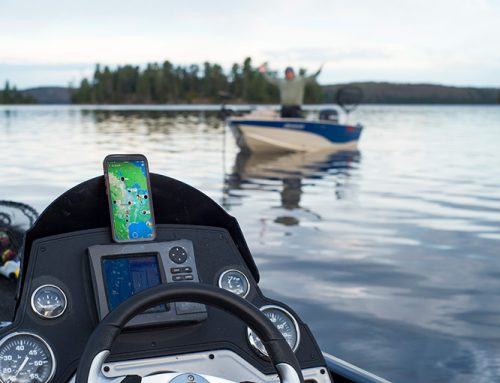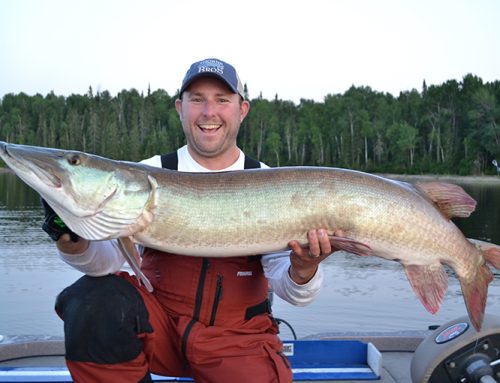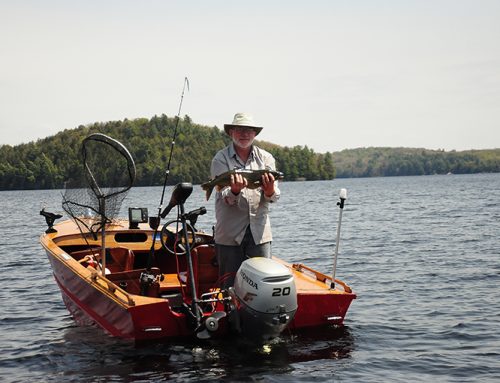Let’s face it. Fishing new water is fun. Whether it’s the lake around the corner you’ve been eyeballing for years, a fly-in adventure, or a new area on water you already fish, there’s always a sense of wonder about places you’ve never dropped a line in before.
Several factors can help you quickly break down a system and find fish. Their seasonal movements, activity level based on water temperatures, and forage options are the biggest factors influencing their locations.
Having a depth chart of the water is helpful, and GPS units with mapping ability are even better. The Internet can be a great aid in learning general tips for the depths and structure of many waters, as well.
Knowing the general seasonal movements of the fish you’re after will always give you a good starting point to search for them. If you’re looking for bass, one of the best bets are big, shallow bays. In late spring, bass spawn in bays, and you can count on a large percentage of the population showing up to take part. As the season progresses, both smallmouths and largemouths move out of bays to the main lake. During post-spawn, look for high-percentage spots like rivermouths, points, humps, and bars close to bays to contact fish as they travel. These spots can also be great post-spawn locations for walleye.
During mid-summer and fall, the main lake will likely hold large populations of fish. Most species make predictable migrations to spawn on shoals or in rivers, and these movements dictate where they’re located at other times. Use this to your advantage.
Knowing the mood of the fish you’re after will also help you find them and determine the presentation to use. Water temperature is the biggest factor affecting fish activity level. Learning the optimal temperatures for the species you’re targeting can help with planning trips when the fish are likely to be most active.
For example, lake trout, a cold-water species, are most active in shallower water during winter and the first few weeks of open water, while temperatures are still cool. As temperatures warm, lakers move to deep water and are less aggressive. During the first few weeks after ice-out, angling seasons permitting, can be the best time to fish with flashy spoons and crankbaits for lakers. Trolling high-profile structure or wind-blown shorelines will quickly put you in touch with the fish on most days.
Although day-to-day weather can also affect fish, it’s secondary to finding them.
Preferred forage in a waterbody is another factor. Knowing what the game fish you’re after eat locally will tip you off to their location and the best presentations to use to mimic dinner.
For big pike during summer, this usually means getting out of shallow weedy bays to where the lunkers reside. Looking for big meals, they chase pelagic baitfish like smelt, cisco, and whitefish in lake basins. Offshore humps, main-lake points, and sharp drop-offs dumping into deep water are predictable locations, especially if they’re being hit by wind. Use large minnow-imitating lures, such as deep-diving crankbaits and 6- to 8-inch swimbaits.
Forage options could include baitfish, crayfish, leeches, or a variety of invertebrates. Find out what the primary forage is, though, and you have a good starting point of where to look. If you’re after smallmouths, for example, and know they eat a lot of crayfish in the particular waterbody, focus on fishing around shallow boulders that attract crayfish.
A bit of research before you hit a new waterbody will help you figure out the seasonal movements, mood, and forage options of the fish that you’re after.







Leave A Comment